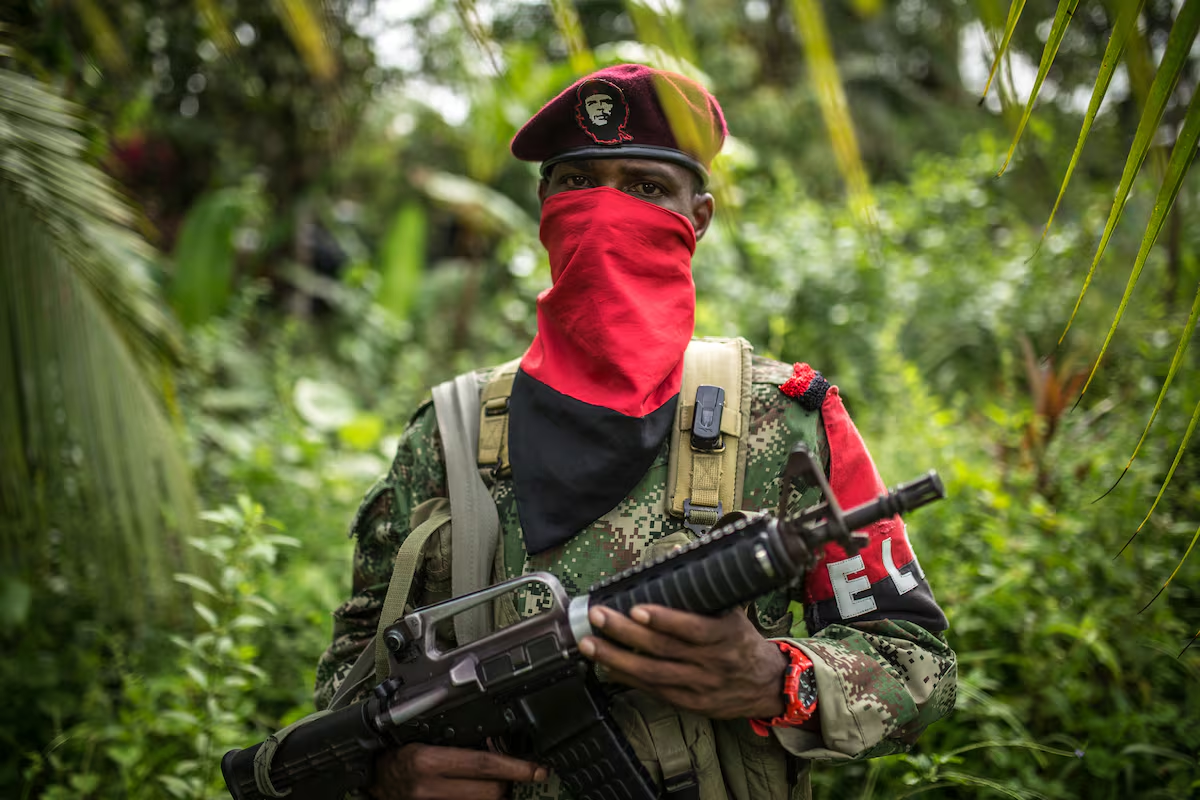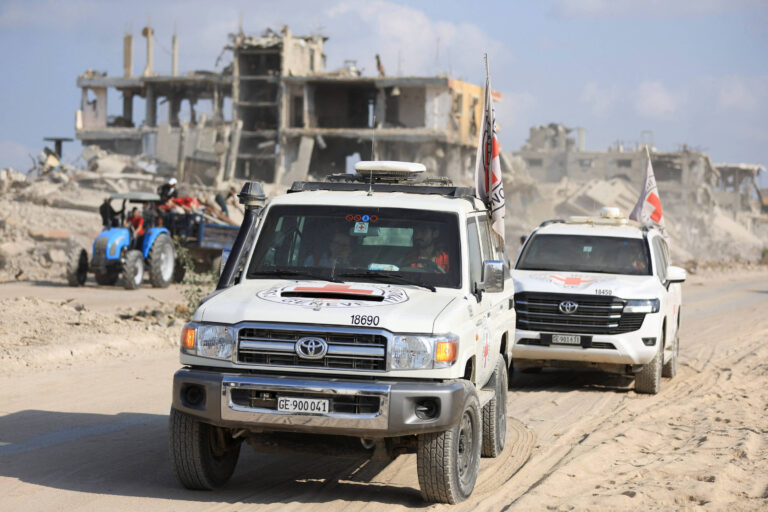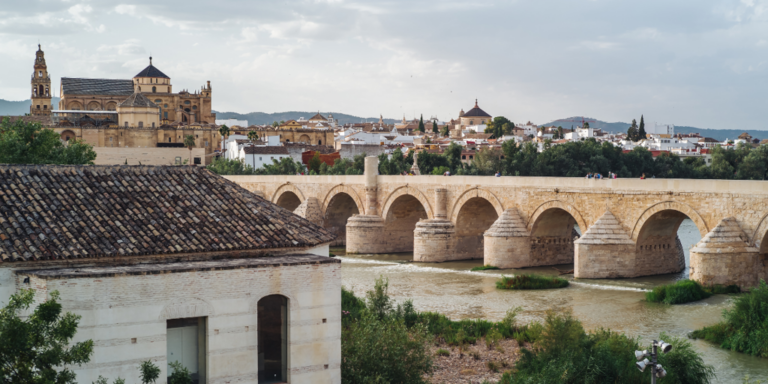
In the border sector of Arauca, nothing moves without permission from the National Liberation Army (ELN). The attack on provincial governor Renzon Jesús Martínez and the kidnapping of five soldiers in the city of Tame this week signaled that Colombia’s last armed guerrillas are seeking to assert military and strategic dominance in the region on the border with Venezuela. The group’s most powerful wing, the Domingo Line Front, controls border crossings, controls fuel and food smuggling, and wields a combination of force and local government powers.
Attacks do not occur in a vacuum. The peace process has remained stalled since January 2025, when the government suspended dialogue with the ELN following bloody attacks by the group in Catatumbo and Arauca. Neither party considers the talks to be a done deal, but they have cooled while guerrillas tighten their grip on the border area. Arauca, where the armed front most reluctant to engage in political negotiations is located, is expanding its territorial reach into Venezuela. Carlos Velandia, a former ELN guerrilla and current peace manager, explains that the group is “building a cordon along the border with the aim of further consolidating its territory.” He added that 70% of the troops are in border areas.
Verandia said the action was more related to the international situation than Colombia’s domestic conflict. “They have a defense policy against Venezuela and seem to consider the Bolivarian War their own war.” He asserted that the reinforcement is in response to the Donald Trump administration’s constant threats to influence Venezuelan territory. “They (the ELN and the Venezuelan government) are good allies, especially in the face of Colombia’s hostile attitude towards the Bolivarian revolution.”
He explains that his move was strategic to protect Venezuela. They are trying to drive the defunct FARC rebels out of the Catatumbo region in order to take full control of the border. “Their ‘ideological cleansing’ of killing peace signatories (former members of the FARC) is also part of their efforts to gain hegemony in the only two regions of the country where they have strong military bases.” Elena In Colombia’s northeastern region, that is not new, and its logic was revised last year to consolidate its power. Verandia is a convenient military presence for the Nicolas Maduro regime. “Anyone trying to get to Venezuela or Colombia through the Caribbean must keep in mind that the first thing they will encounter and have to confront is the ELN.”
Despite these international factors, for Araucanian political scientist Eduardo Simón Cedeño, the recent attacks and assaults have a strong connection to the upcoming Colombian elections. “Every election is held six months before the cycle of violence begins.” For Cedeño, the frustrated attack on a military base in Tunja, a nearby city but on the other side of the mountain range, was aimed at proving his military prowess. “This is an attack on the central government, a directive to go somewhere unexpected. Moreover, Tunja is very close to Bogota, so it is strategic.” The ELN has attacked military units in Arauca in the past, as well as going back to January 2019 with a car bomb against the Bogotá police academy. Mr. Verandia has found another explanation. “With the attack, they had to distract the army, take troops away from Arauca, and transfer them to Boyaca department to continue expanding their territory.”
In this department, another name was born Pablito Arauca The ELN, whose leader and military chief has taken refuge in Venezuela, has at least 6,000 armed guerrillas and another 3,000 civilian militia members, according to data from the Office of the High Commissioner for Peace. Unlike other conflict areas in the country, the region does not have a large coca economy to support the presence of actors and drug traffickers. Since the 2000s, the guerrillas have banned the cultivation of illegal crops by civilians, and since then annual monitoring by the Integrated Illegal Crops Surveillance System has reported less than 5 hectares of cultivated area in the entire province. This is an outrageous figure compared to nearby Catatumbo, which covers an area of more than 28,000 hectares and is home to more than three illegal groups fighting over an illegal economy.
Mr. Verandia and Mr. Cedeño agree that the ELN’s military focus in the region this year is to remove dissidents from the FARC. “There are no more dissidents in Arauca, because they were all evacuated to Casanare,” says the political scientist. There have been reports of fighting and clashes in the 15 villages where they were present, but the group’s presence there is now almost zero. “This assumes another new logic that gives the division a much greater hegemony than what they already had,” Verandia admits.
The guerrillas said in a press release that Monday’s shooting at an armored truck carrying Governor Renzon Martinez was a mistake. They claim that the vehicle the president was traveling in ignored orders to stop on the highway between Fortres and Tame. “We publicly and self-critically admit our mistakes,” it says. Documents that show what happened and that attacks are a routine roadblock make it clear that the ELN claims the ability to exercise near-absolute control, especially in hilly areas where there are roads. For Verandia, the incident could also serve as a political message to the president.
Moreover, like the kidnapping and attempted attack in Boyaca, they occurred weeks after public forces and public prosecutors’ offices carried out simultaneous operations against the ELN’s finances in Arauca, Amazonas, and Bogotá. Authorities said they discovered a network laundering money through extortion and smuggling at the border. While the government highlighted the coup as an example of its operational capabilities, the guerrillas responded with demonstrations that demonstrated their ability to compete with the state in the province’s vast rural areas.



